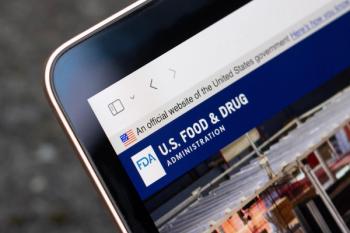
Medicaid Expansion Hasn't Driven Up Demand for Emergency Care
It’s a hotly debated question about healthcare reform: How does Medicaid expansion impact emergency department usage?
It’s a hotly debated question about healthcare reform: How does Medicaid expansion impact emergency department usage? Some thought leaders suggest expanding Medicaid eligibility and funding increases emergency department use, further stressing an already stressed system. But recent data may show a different story.
George Washington (GW) University researchers
The study’s key takeaway is that “total ED visits grew by less than 3 percent in 2014 compared to 2012—13, with no significant difference between expansion and nonexpansion states.” This is hardly the sharp increase many expected. Still, with Medicaid accounting for more than
Medicaid is jointly funded by state and federal governments, so eligibility requirements may vary state to state. Generally speaking,
The GW study indicates this significant increase in Medicaid patients didn’t result in a corresponding increase in emergency department visits. But what about the concerns that Medicaid patients overuse emergency departments for routine care? Such a problem would drive up costs and increase wait times for patients with actual emergencies. As it turns out, those concerns aren’t supported by data either.
A study published by the
However, Medicaid patients still visit emergency departments at a much higher rate (45.8 visits per 1000 enrollees) than privately insured patients (24 visits per 1000 members). While the majority of those visits are for legitimate emergencies, many of those visits could be avoided with earlier intervention. A heart attack may be prevented by regular visits with a primary care physician. A diabetic coma may be avoided with routine diabetes management protocol. With the average emergency department visit up to
Unfortunately, barriers prevent those patients from seeking primary, and often preventive, care. Medicaid patients may not have transportation to a physician’s office. They may work hourly jobs, making it difficult to schedule appointments during office hours. Doctors also get paid less to treat Medicaid patients, further limiting the pool of doctors from which to choose.
While expanding Medicaid eligibility is a first step in reducing the uninsured population, the underlying impact on emergency services clearly needs more study. One thing is certain: Some of our assumptions are not supported by initial data. But with Medicaid accounting for one-third of our total national health expenditure, policymakers,
Newsletter
Stay ahead of policy, cost, and value—subscribe to AJMC for expert insights at the intersection of clinical care and health economics.








































